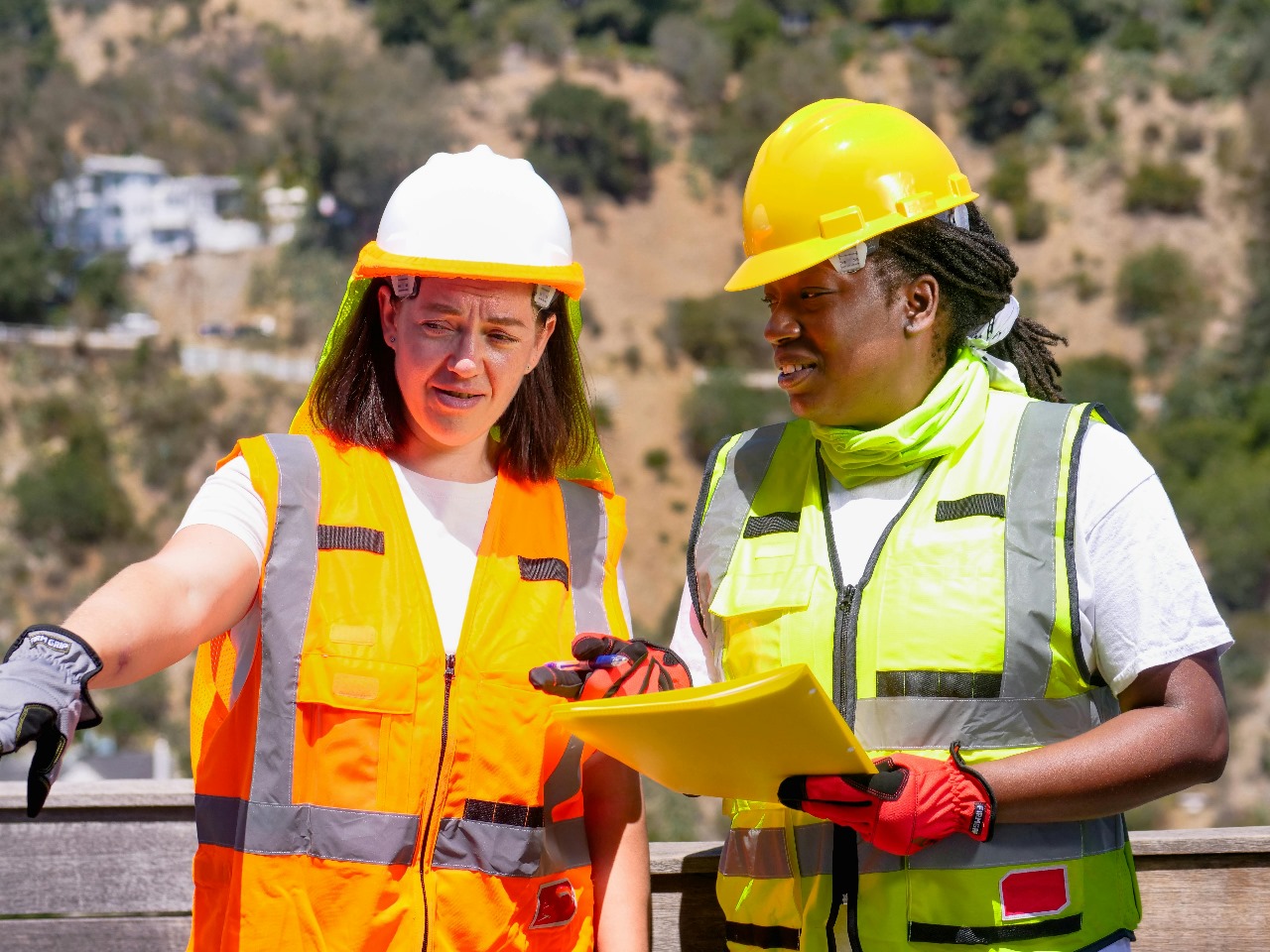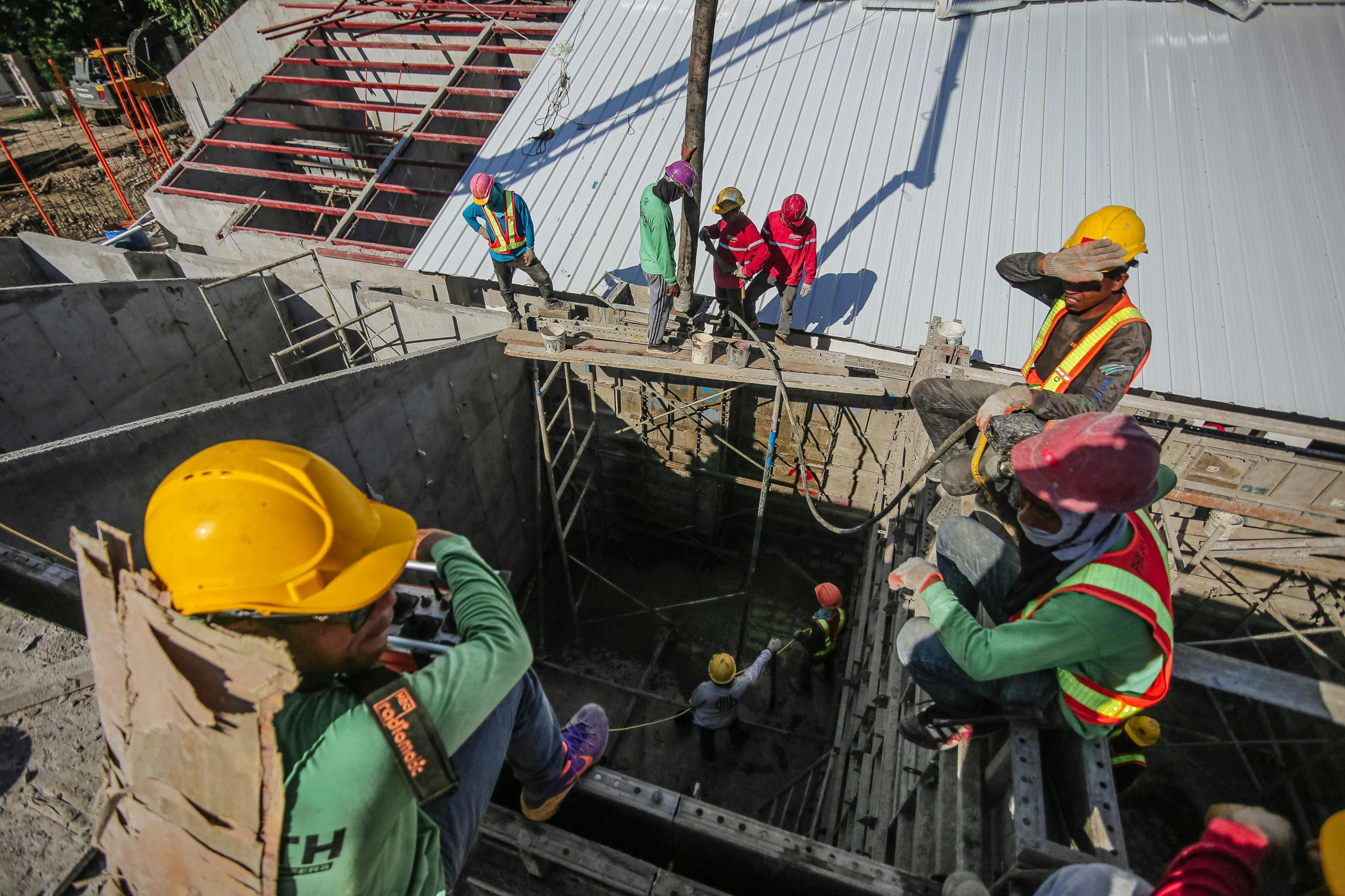Construction sites are inherently high-risk environments, requiring strict adherence to safety standards. DAS 140 provides a comprehensive framework for ensuring safety across all levels of construction operations. Implementing das 140 protocols not only protects workers but also enhances productivity, reduces accidents, and ensures compliance with regulatory standards.
Understanding DAS 140
DAS 140 is a set of safety guidelines developed specifically for construction teams. These protocols cover various aspects of site safety, including equipment usage, hazard identification, emergency response, and team communication. By following DAS 140, construction companies can establish a culture of safety that prioritizes the well-being of their employees and minimizes the risk of accidents.
Key Components of DAS 140
The DAS 140 safety protocols include several critical components:
Hazard Identification
Identifying hazards is the first step in the DAS 140 framework. Construction sites contain numerous risks, from heavy machinery to elevated work areas. DAS 140 emphasizes regular inspections and risk assessments to detect potential hazards before they cause harm.
Equipment Safety
Proper equipment handling is a cornerstone of DAS 140. This includes routine maintenance, safety checks, and proper training for all workers. Construction teams following DAS 140 protocols ensure that machinery operates safely, reducing the likelihood of accidents caused by malfunctioning equipment.
Personal Protective Equipment
DAS 140 mandates the use of personal protective equipment (PPE) for all construction personnel. Helmets, gloves, safety glasses, and high-visibility clothing are just a few examples of PPE required under DAS 140 standards. Wearing the correct gear is essential for minimizing injuries on site.
Emergency Response Procedures
Every construction team must be prepared for emergencies. DAS 140 outlines clear procedures for responding to accidents, fires, and other emergencies. Training workers in these procedures ensures quick, efficient responses, mitigating damage and protecting lives.
Communication and Reporting
Effective communication is vital in construction safety. DAS 140 promotes regular safety briefings, clear reporting channels, and documentation of incidents. This systematic approach allows teams to address safety concerns proactively and maintain a safe working environment.
Implementing DAS 140 in Construction Projects
Successfully applying DAS 140 protocols requires a strategic approach. Construction managers should integrate these guidelines into daily operations, emphasizing continuous improvement and worker engagement. Key steps include:
Training Programs
Education is critical to DAS 140 implementation. Construction teams should undergo comprehensive safety training to understand the protocols thoroughly. Regular refresher courses ensure that all team members stay updated on the latest safety practices.
Safety Audits
Conducting regular safety audits helps assess compliance with DAS 140. Audits identify gaps in safety measures, allowing managers to implement corrective actions. This proactive approach ensures ongoing adherence to DAS 140 standards.
Leadership Commitment
Leadership plays a pivotal role in enforcing DAS 140 protocols. Managers and supervisors must model safe behaviors, encourage reporting of hazards, and prioritize safety in decision-making. Strong leadership fosters a culture that values safety as outlined in DAS 140.
Employee Engagement
Engaging workers in safety initiatives strengthens DAS 140 compliance. Encouraging team members to participate in safety committees, report hazards, and contribute ideas for improvement creates a collaborative and safety-conscious environment.
Benefits of DAS 140 for Construction Teams
Implementing DAS 140 protocols delivers numerous advantages:
Reduced Accidents
Following DAS 140 reduces the likelihood of accidents on construction sites. By addressing hazards, training employees, and maintaining equipment, teams can prevent injuries and create a safer work environment.
Regulatory Compliance
Compliance with DAS 140 ensures adherence to local and national safety regulations. This reduces the risk of legal penalties and enhances the reputation of the construction company as a responsible employer.
Increased Productivity
A safe work environment improves productivity. Construction teams following DAS 140 spend less time dealing with accidents and disruptions, allowing projects to proceed smoothly and efficiently.
Cost Savings
Preventing accidents through DAS 140 reduces medical costs, insurance claims, and downtime. Companies that implement these protocols experience long-term financial benefits while protecting their workforce.
Common Challenges in DAS 140 Implementation
Despite its benefits, implementing DAS 140 can face challenges:
Resistance to Change
Some workers may resist new safety protocols. Overcoming this requires consistent training, leadership support, and clear communication of the benefits of DAS 140.
Resource Allocation
Proper DAS 140 implementation requires investment in training, equipment, and monitoring. Budgeting for these resources is essential to ensure safety protocols are effective.
Maintaining Consistency
Consistency in applying DAS 140 is critical. Regular audits, ongoing training, and continuous leadership oversight help maintain high safety standards across all construction projects.
Conclusion
DAS 140 safety protocols are essential for modern construction teams. By emphasizing hazard identification, equipment safety, emergency response, and employee engagement, DAS 140 creates a safer, more productive work environment. Construction companies that prioritize DAS 140 compliance not only protect their workers but also gain a competitive edge in efficiency, regulatory compliance, and overall project success. Implementing DAS 140 is more than a guideline—it is a commitment to a culture of safety and excellence in construction.



